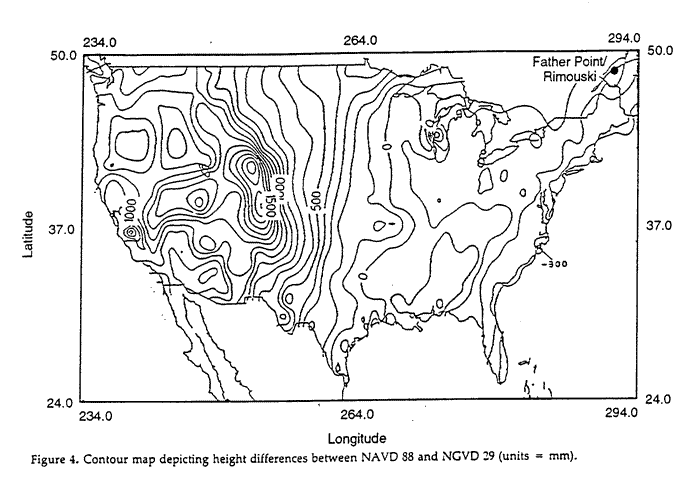In the midst of this first run at offering Religion 260, American Religion (non-seminar) I found my notes from the last time I offered something similar, spring 1984 at Wittenberg University in Springfield, Ohio. (That was just months after I'd passed my comprehensive doctoral exams.) Immediately I noticed that in that earlier version of the course I was much more concerned, perhaps preoccupied, with insuring that my students absorbed many, many discreet pieces of information about American religious groups and their development. This time I'm much more interested in the patterns. Or, one might say I'm more interested in plotting the contours of the landscape rather than focused on the individual data points.
Of course one can not plot the contours without the data points. Perhaps this is a bit like the old discussion about trees and forests. I'm now more interested in my students having a sense of the forest and being able to find their way among the trees.
Why? I have a hunch that teaching religion 121, our introductory course in reading the Bible, and American Conservations has a great deal to do with my shift from pieces to patterns. I'm relying less on students finding the material intrinsically interesting and am more concerned with how understanding what has been might help us understand what is.
And, I suspect that our current concern with religious pluralism raises questions about the past that push us toward the forest rather than the trees. As we move through the 'text book' and more focused scholarship I find myself noticing connections and comparisons that had never occurred to me before and considering lines of questions that are novel to me. For example, how do various groups and individuals expect to gain access to the sacred? Can we trace developments and chart various options? There is the classic Protestant expectation that this comes through reading the Bible, but also Deist reliance on reason not harnessed to scripture. And how to compare the state of revivalist ecstasy to the ritually indued trance of Mother Ann's work or the Ghost Dance?
Nothing better than new ideas!

No comments:
Post a Comment